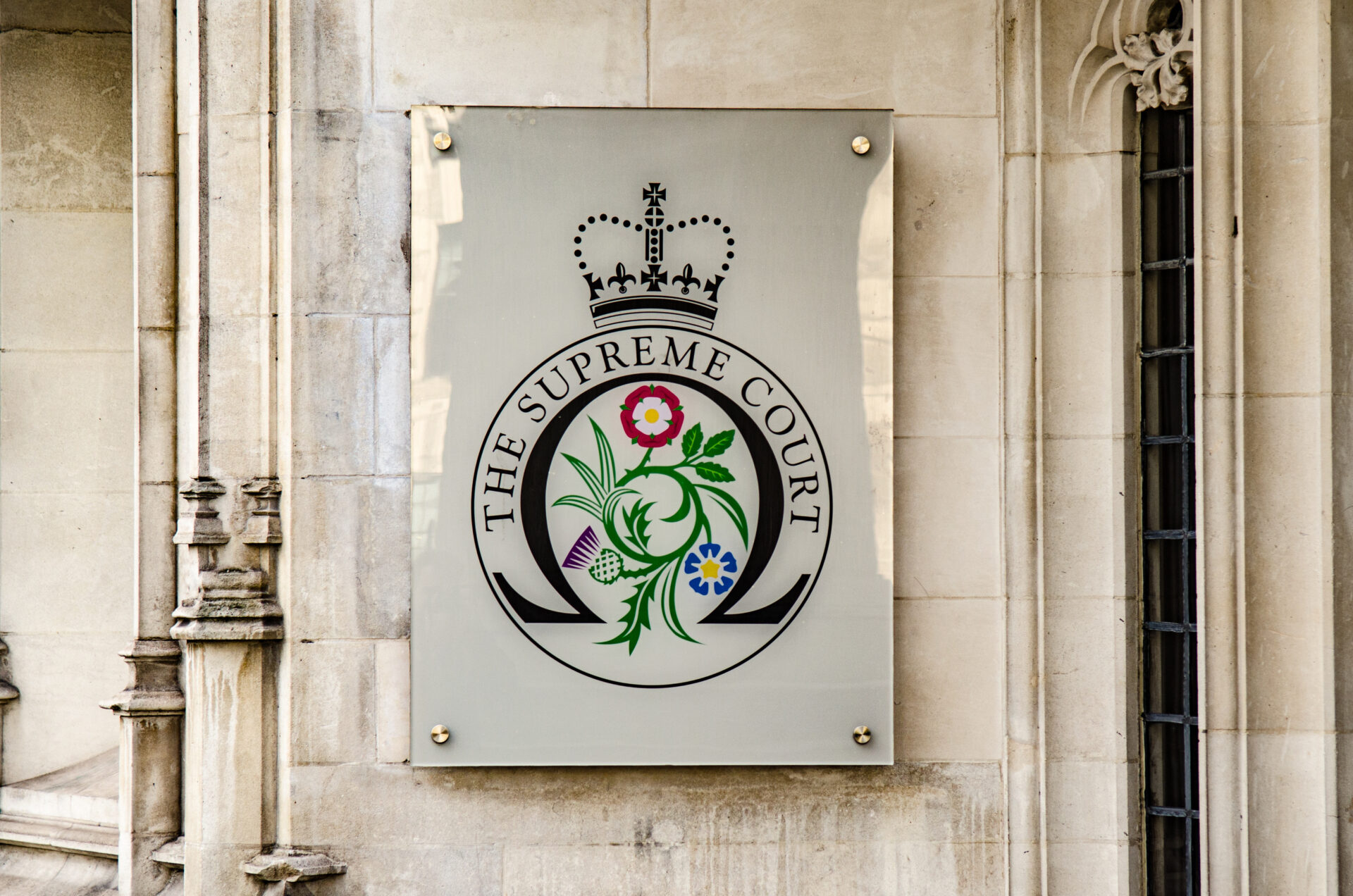Partner Joanna Newton shares thoughts on the judgment handed down today, 2nd July 2025, which, for the first time, sees the Supreme Court set precedent for the treatment of non-matrimonial assets on divorce.
The Standish judgment has been long awaited in the family law space. The Supreme Court has established a benchmark for future cases of disputes over matrimonialisation of property. From now, experts will be able to advise clients that non-matrimonial property should not be subject to the sharing principle, although it can be subject to the principles of needs and compensation.
Background:
Clive and Anna Standish’s case revolved around a transfer, during the marriage, of circa £77million from husband to wife as part of a tax planning strategy. The funds were to be held in trust for their shared children, although at the time of separation they were still held in the wife’s sole name.
Wife considered that this should be considered matrimonial property, where husband argued the funds were his from before the marriage. The case reached the Supreme Court at the start of May 2025, after the Court of Appeal’s judgment reversed the High Court Judge’s decision that transferred funds should be considered as matrimonial property.
Key points from the Judgment have been set out below:
- Judgment examines the distinction between matrimonial and non-matrimonial assets – noting that it turns on the source of the assets.
- Non-matrimonial assets will be pre-marital assets or assets that have been acquired by one or the other party during the marriage through external inheritance or gifts.
- Matrimonial assets will be assets that are the product of the parties’ common endeavour.
- The Judgment confirms that non-matrimonial property should not be subject to the sharing principle, although it can be subject to the principles of needs and compensation.
- The Judgment was clear that what starts as non-mat may become matrimonial property through matrimonialisation – which is a word described as “new” to the English language but a “useful shorthand” to describe the process
- The question to consider when it comes to matrimonialisation is “whether the transformation has occurred”.
- What will be important to consider is how the parties have been dealing with the assets and whether treating the assets as shared.
The judgment handed down today, which saw the Supreme Court dismissing Wife’s appeal, is a significant moment in family law history. Whilst it will certainly not be the last time a divorcing couple battle over assets, there will be more guidance and structure. In light of the judgment, individuals should be conscious of tax and estate planning, and any transfers should be managed by professional wealth experts.

